Imperial eagle
Eastern imperial eagle
The eastern imperial eagle (Aquila heliaca, SAVIGNY, 1809) is one of our outstanding natural values. Majority of its European population breeds in Hungary and Slovakia.
The species belongs to the Accipitriformes order, and within that to the Accipitridae family and Aquilinae subfamily. Its body length is 72-83 cm; the wingspan is about 190-210 cm. The species shows slight sexual dimorphism, however, females are a bit bulkier. Males weigh around 2,5-4 kg while females about 2,8-4,5 kg.
 |
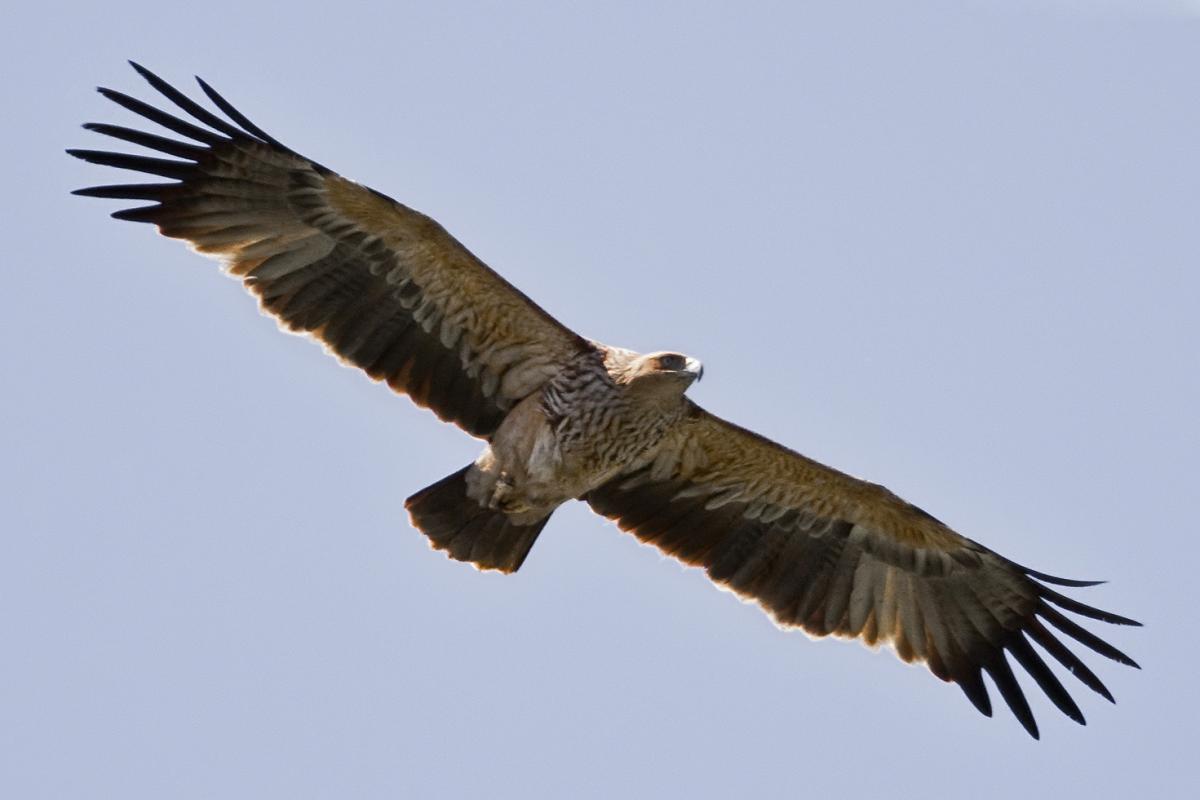 |
Imperial eagle (Photos: Bence Máté, Szilárd Morvai )
Distribution
Eurasian species. Its distribution follows the steppe zone in Russia and Ukraine from the northern part of the Caucasus to Lake Baikal. In Europe, it is restricted more or less to the Carpathian Basin. It breeds in Hungary, Austria, Slovakia, Macedonia, Serbia, Romania and Bulgaria. A smaller population breeds in Turkey, as well. In Hungary the westernmost pairs nest in the Transdanubian Middle Mountain. Outside of Russia the only significant population can be found in the Carpathian Basin. Nowadays, half of the population nests in the middle mountain ranges, however, more frequently occupies territories in lowlands, primarily in close vicinity of the mountains.
Conservation status
The imperial eagle and the saker falcon are strictly protected in all project countries except in the Czech Republic, where the recent project targeting is its listing. The first national raptor surveys and conservation efforts were initiated in 1970's in Hungary and in Slovakia. At this time the imperial eagle, such as several other raptor species, was on the brink of extinction in Central Europe and only a few breeding pairs remained in remote mountain forests.
International conservation status:
EU Birds Directive: Annex I.
Washington Convention (CITES): Annex I.
Bonn Convention (CMS): Appendix I. and II.
Bern Convention (CCEWNH): Appendix II. and III.
IUCN Red List Category1: Globally threatened / Vulnerable (VU)
European Conservation Status2: SPEC 1, Rare
Breeding habitat
In the Pannonian region the species was forced to settle in the valleys of the lower elevation mountains, as it was shriveled from the lowlands by humans. Since the late ’90s of the last century, the population started to recolonize the plain territories, and by now more than half of the European population established revirs in agricultural areas. It prefers grasslands with existing suslik population. Often chooses lone trees or lines of trees that cross agricultural parcels.
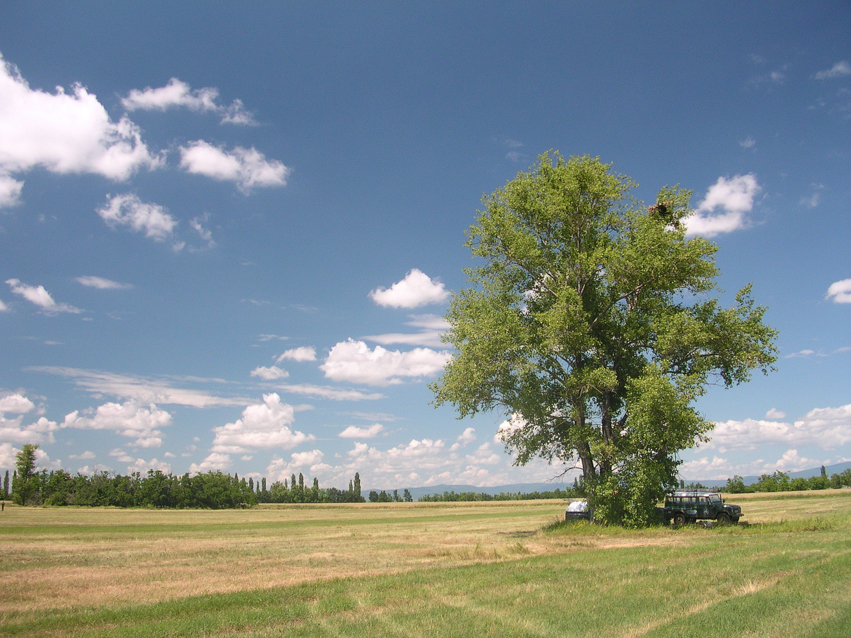 |
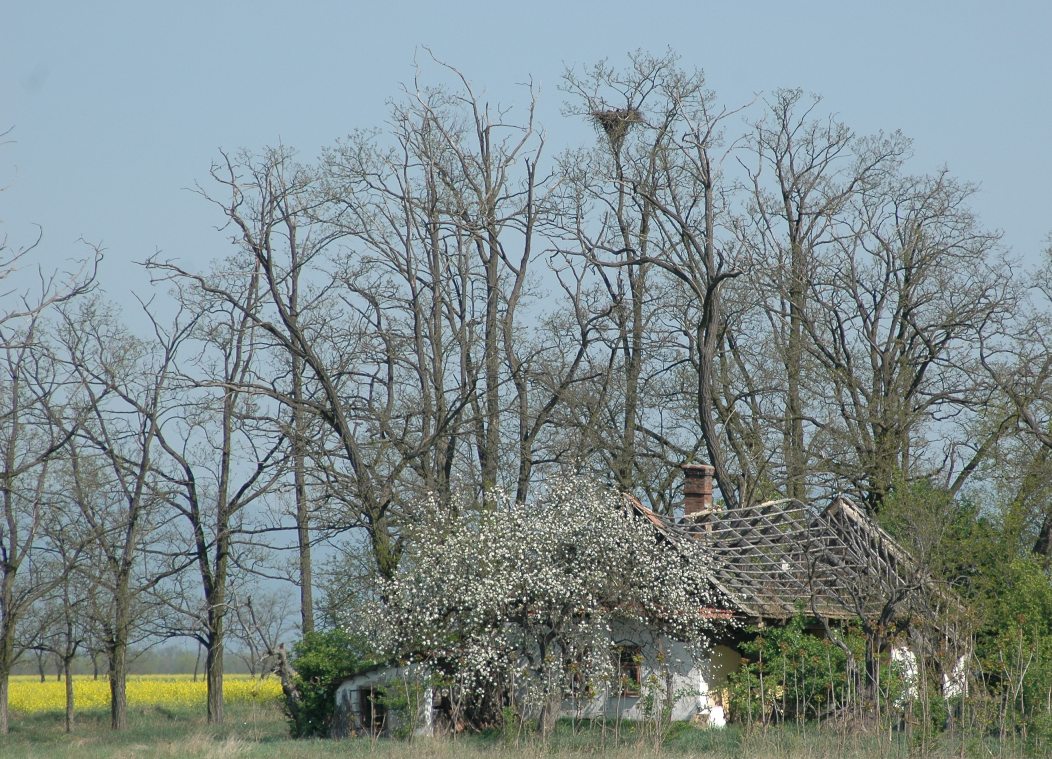 |
Eagle nest on arable land and by an abandoned farm (Photos: Márton Horváth )
Breeding
The eastern imperial eagles build their nests on the top of large trees in southern facing slopes or close to the foraging sites. They often have more than one nest in the territory. In undisturbed areas the nest can be used for dozens of years, thus it becomes enormous due to renovating it year after year. In lowlands, they change their nests more often than in the mountains, probably because of higher level of disturbance. Nests are always positioned to have a good view. Therefore, they can recognize disturbance, to what the species very sensitive, at great distances. The clutch is full by the end of March, usually consisting of two, and, recently not infrequently, of three eggs. Later on both parents bring food for the chicks. Fledglings leave the nest in July, but the family stays together until autumn.
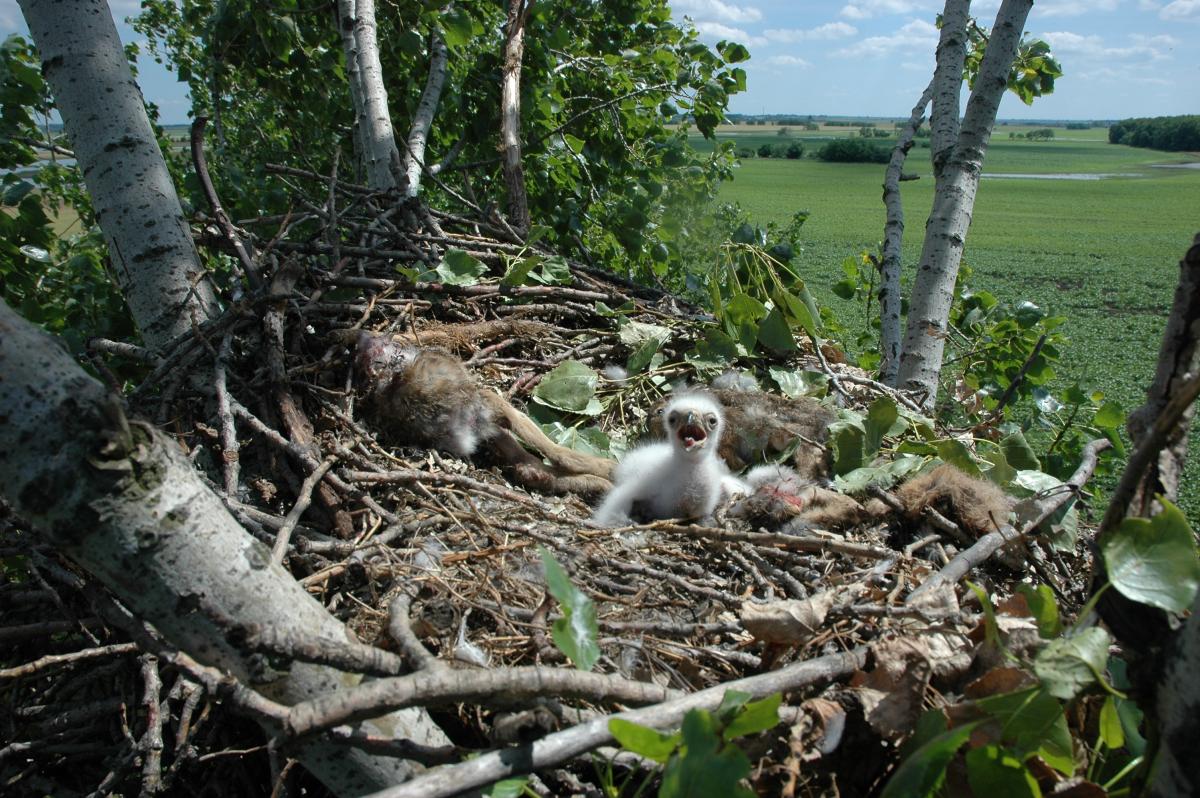 |
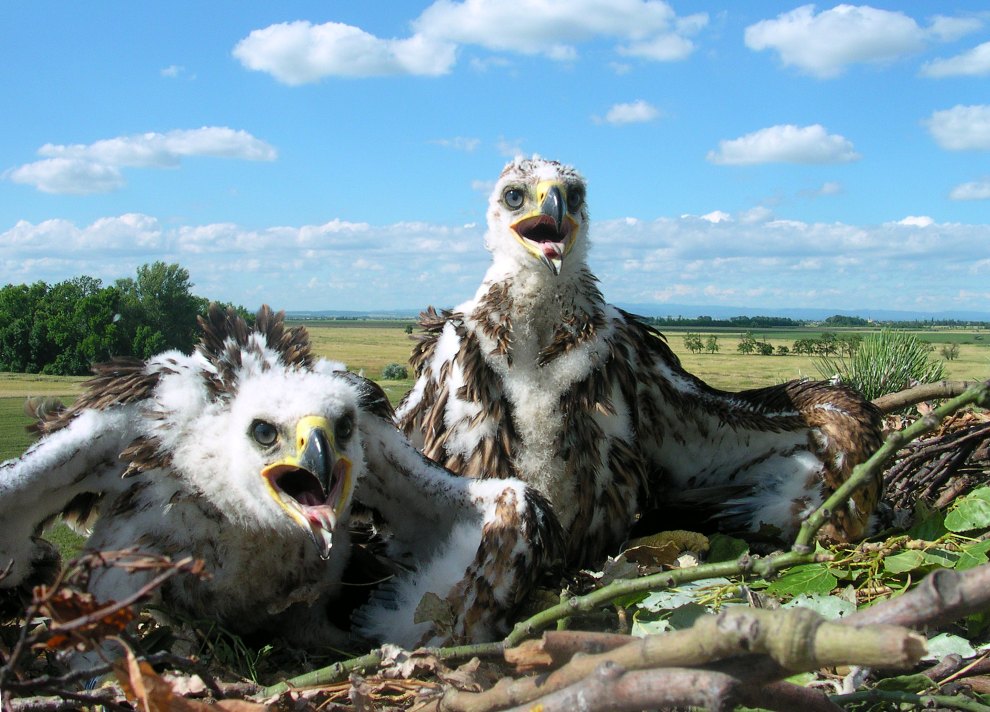 |
1 and 5 weeks old imperial eagle chicks (Photo: Márton Horváth )
Food
Their most preferred preys are the suslik (Spermophilus citellus) and the hamster (Cricetus cricetus). Whereas both species spend the winter in hibernation, eagles hunt for small mammals and birds mainly in agricultural areas. In such areas, they usually catch european hares (Lepus europeaus). Parents stay and hunt together after the breeding season. Female is always the first to feed on the prey. During harsh winters, they also eat carcasses, as well.
Migration
If the weather is mild in the winter, the pair does not leave the territory, while immatures migrate or wander about.

